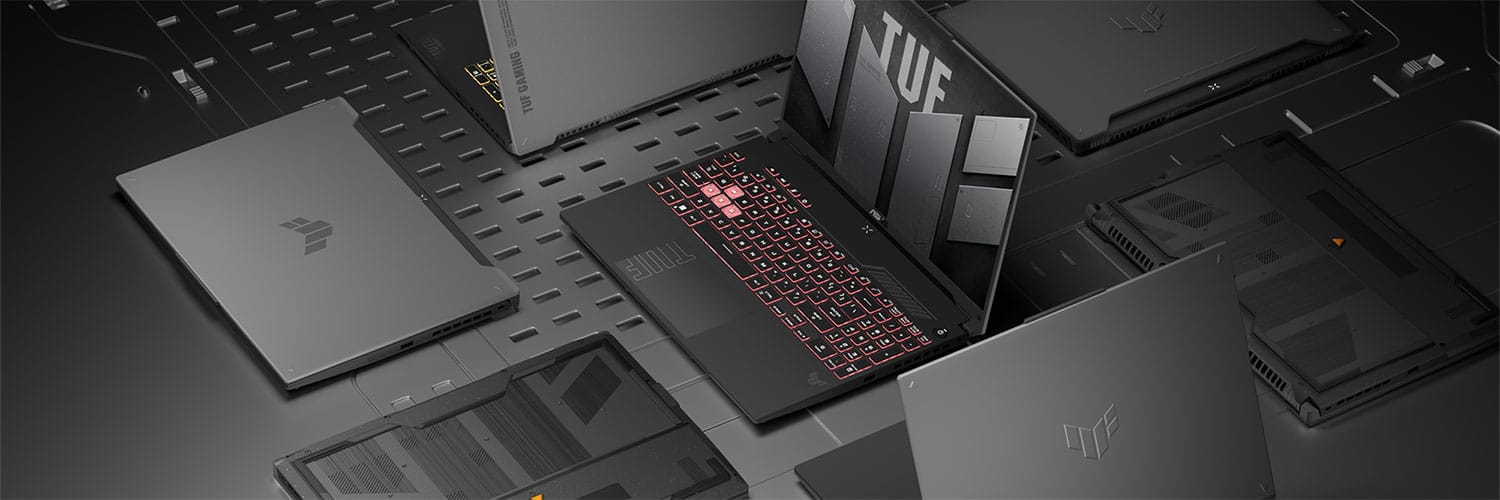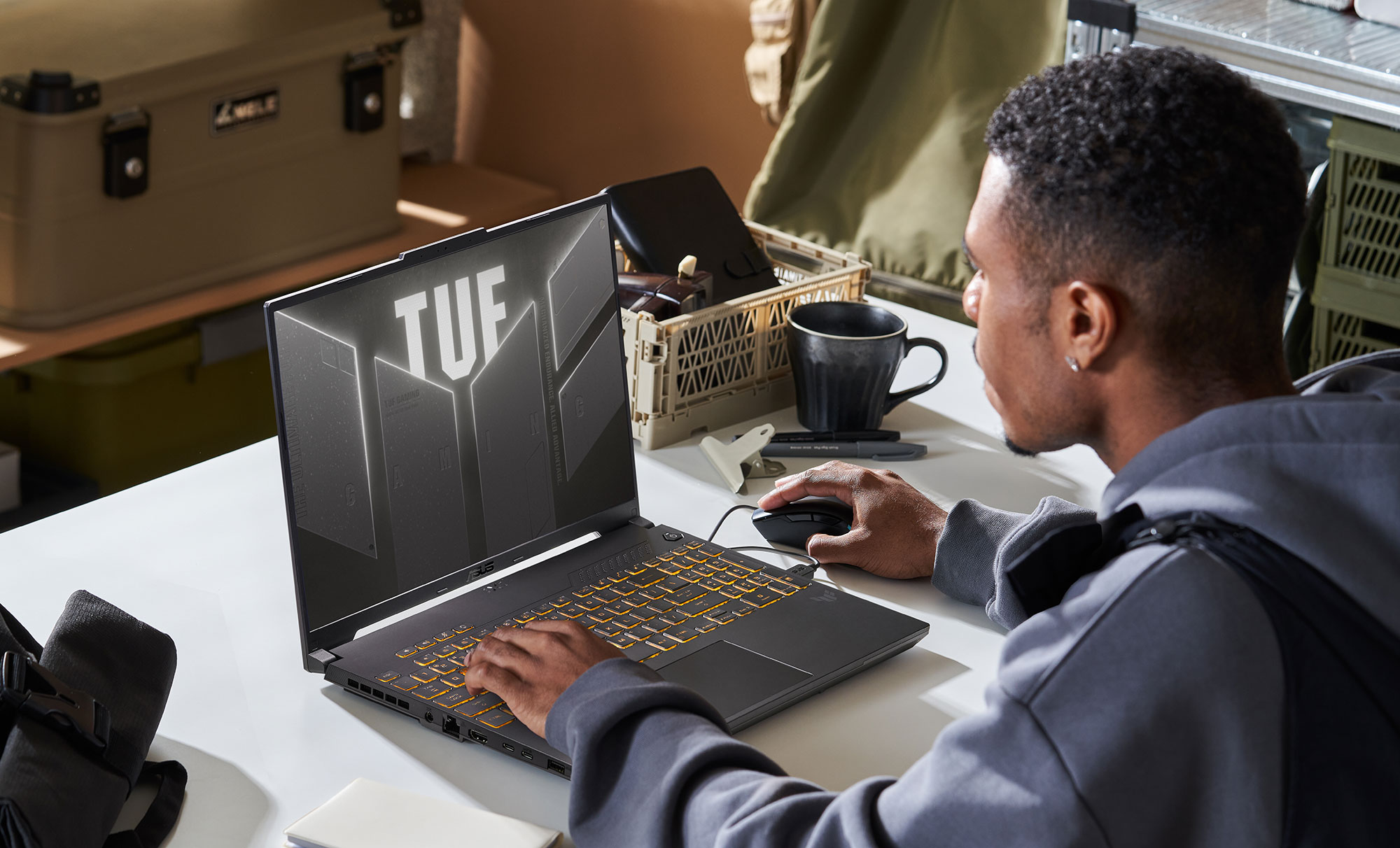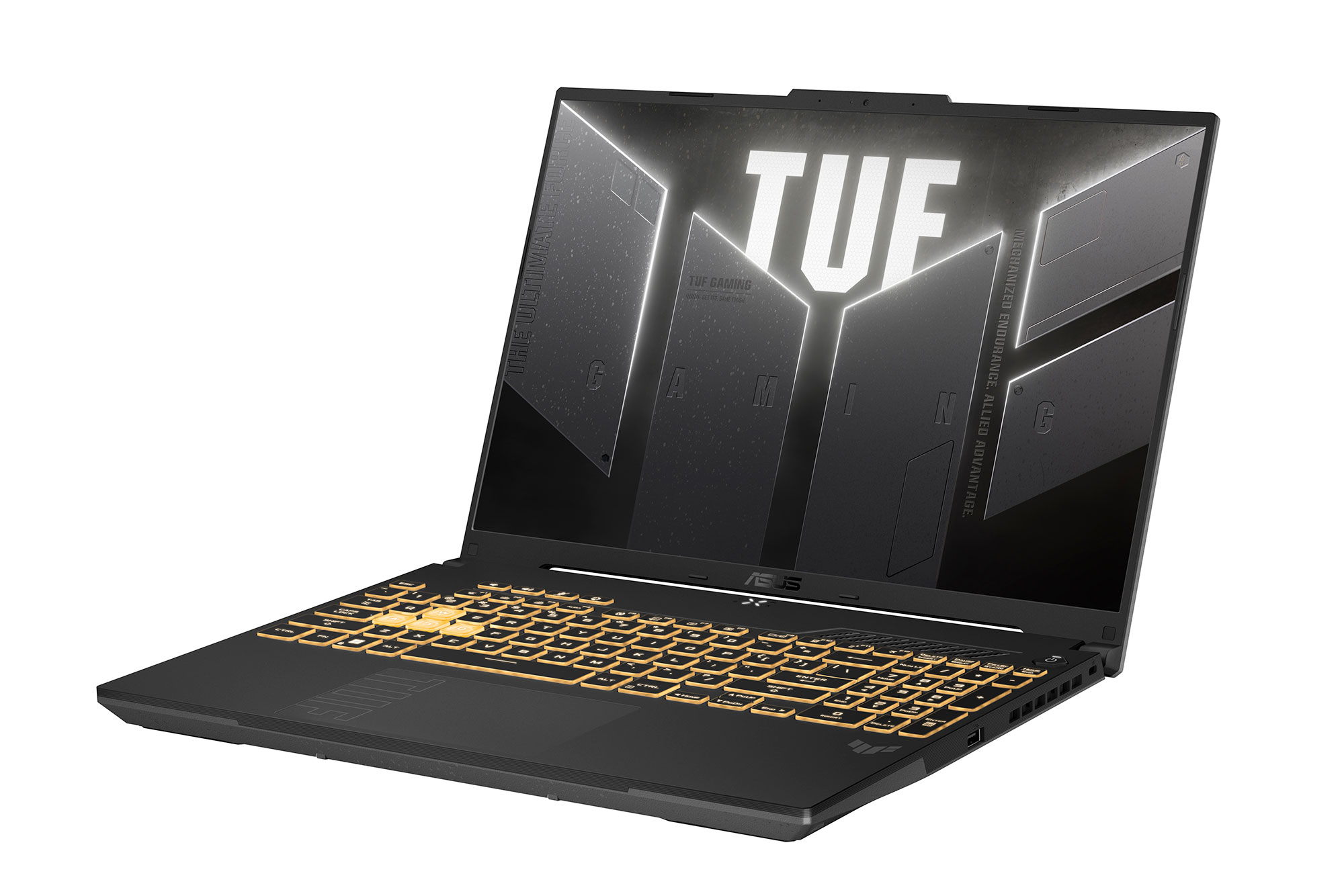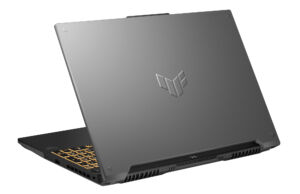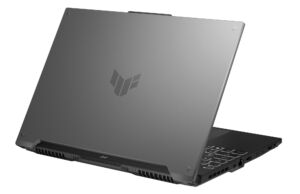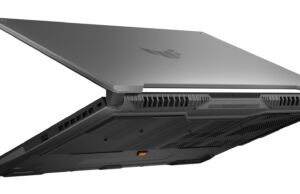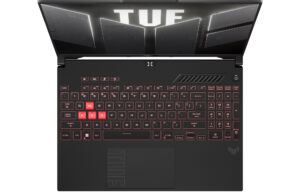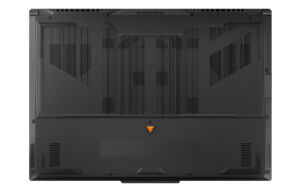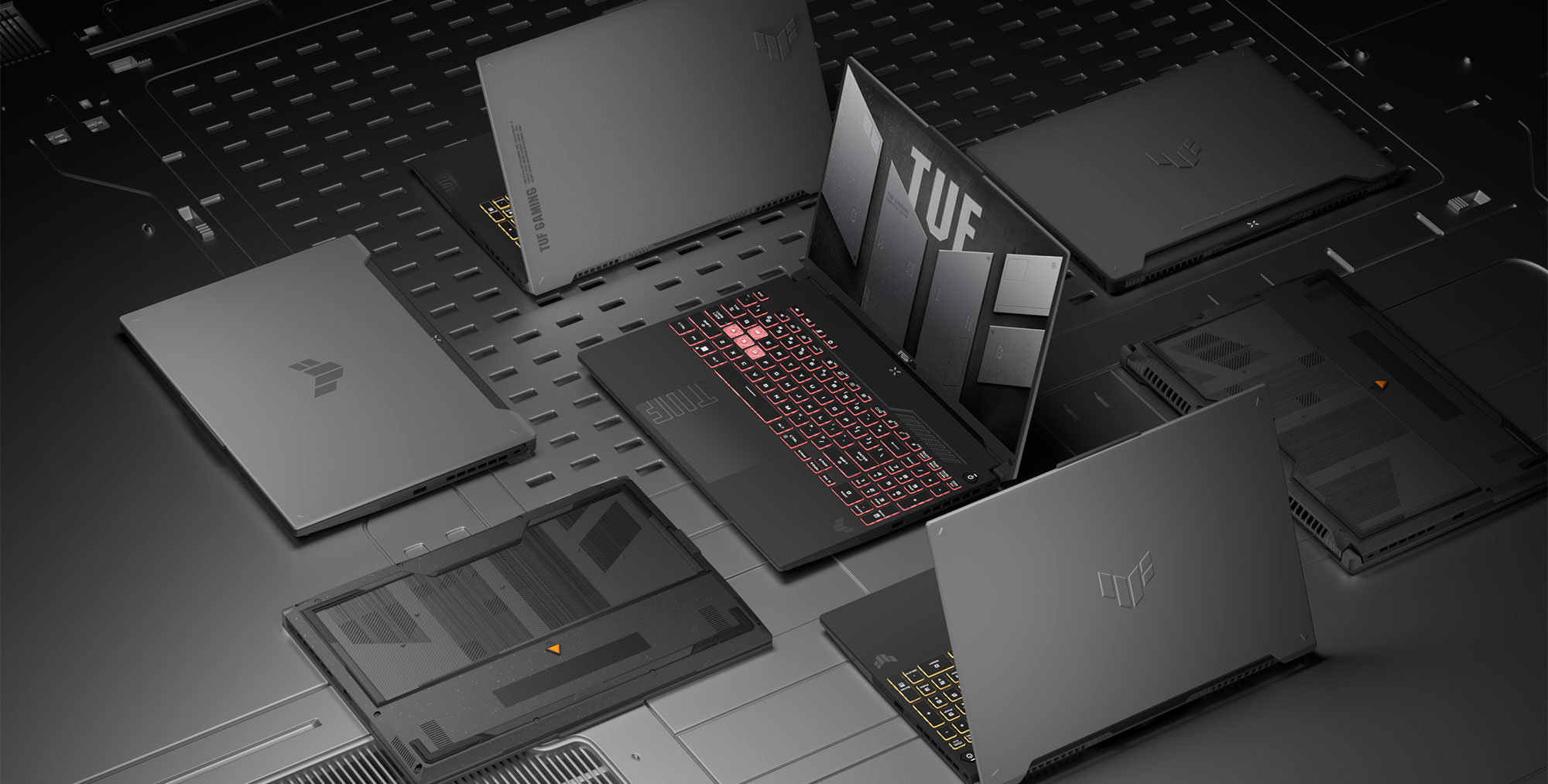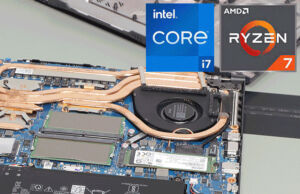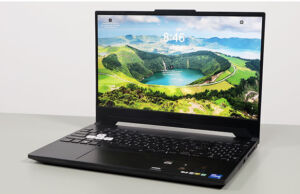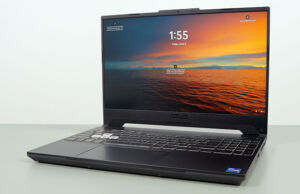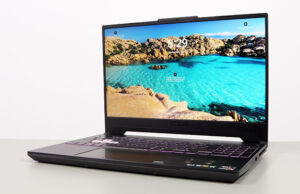Table of Contents
Among others, Asus are quietly updating their TUF Gaming series of budget performance laptops for 2024, and we’re going to briefly discuss the novelties in this article.
Both the new 2024 TUF models are 16-inch full-size designs, available as the:
- TUF Gaming A16 FA607 series with AMD Ryzen Dragon Range HX and Nvidia RTX 4000 hardware,
- TUF Gaming F16 FX607 series with Intel Raptor Lake HX and Nvidia RTX 4000 hardware.
Aside from the differences in hardware platforms and a few derivatives of each hardware, the two are identical products and mostly inline in design with the 2023 TUF Gaming A16 Advantage model and the TUF 15/17-inch variants available over many past generations.
That means they’re meant to maximize value and performance for the buck, with few bells and whistles. So you’re getting a decent build that’s mostly plastic, good ports and inputs, two matte IPS screen options, a thermal module that can cope with the bundled hardware, and a large battery. All in a package that sells for less than the ROG Strix G models.
2024 Asus TUF Gaming A16 (AMD, FA607), F16 (Intel, FX607)
Here are the specs sheets for the 2024 TUF Gaming A16 and F16 series.
| 2024 Asus TUF Gaming A16 FA607 | 2024 Asus TUF Gaming F16 FX607 | |
| Display | 16 inch, 16:10, non-touch, matte, QHD+ 240Hz 3ms response, IPS, 500-nits, 100% DCI-P3 FHD+ 165Hz 7ms response, IPS, 250-nits 7ms, 100% sRGB |
|
| Processor | AMD Dragon Range Zen4, up to Ryzen 9 7845HX 12C/24T | Intel 13th-gen Raptor Lake, up to Core i9-13980HX 16C/32T |
| Video | Radeon iGPU + up to Nvidia GeForce RTX 4070 8 GB (up to 140W TGP) with MUX, Advanced Optimus, G-Sync |
Iris Xe iGPU + up to Nvidia GeForce RTX 4070 8 GB (up to 140W TGP) with MUX, Advanced Optimus, G-Sync |
| Memory | up to 64 GB DDR5-5200 (2x DIMMs) | up to 64 GB DDR5-5600 (2x DIMMs) |
| Storage | 2x PCIe gen M.2 2280 slots | |
| Connectivity | WiFi 6E 2×2 with Bluetooth 5.2 | |
| Ports | left: DC-in, LAN, HDMI 2.1 FRL, 1x USB-C 3.2 gen2 (data, DP), 1x USB-C 3.2 gen2 (data, DP, charging), 1x USB-A 3.2 gen1, audio jack right: 1x USB-A 3.2 gen1, Lock |
left: DC-in, LAN, HDMI 2.1 FRL, 1x USB-C 3.2 gen2 (data, DP), 1x USB-C with Thunderbolt 4.0 (data, DP, charging), 1x USB-A 3.2 gen1, audio jack right: 1x USB-A 3.2 gen1, Lock |
| Battery | 90 Wh, up to 280 W power adapter, USB-C charging up to 100W | |
| Size | 355 mm or 13.97” (w) x 252 mm or 9.92 (d) x 22.1-28.2 mm or .87-1.11” (h) | |
| Weight | ~2.2 kg (4.85 lbs) + charger | |
| Extras | clamshell design with 180 screen, single-zone white or RGB keyboard 1.7 mm travel, glass touchpad, 720p webcam with IR, 2x speakers, dual-fan quad-vent thermal module, Mecha Gray and Jaeger Gray colors |
|
Design and functionality
These TUF generations build on the design lines of previous 15/17-inch models, with a metal lid and a plastic interior and main chassis.
The lid design implements a prominent TUF logo in the middle, in either an engraved or embossed version. Asus also mention two color schemes available for the 2024 models, but they’re both gray lids with black interiors. So nothing fancy.
Still, the plastic build allows Asus to keep the weight of these devices rather low, at 2.2+ kilos. And the build quality should be decent judging by my experience with other recent TUFs. Just don’t expect heft or premium materials here, with the exception of the metal lids.
Functionality is fine as well, with good hinges and grippy rubber feet and plenty of ports around the sides. Once more, nothing fancy here, just a mix of USB, HDMI, Lan, audio jack. There’s no card-reader on these, and while the Intel model supports USB-C Thunderbolt 4.0, the AMD version does not support USB-C 4.0. But at least both allow USB-C charging.
As far as inputs go, they partially carry over from the past TUF models, with full-size keyboards with a NumPad section and optional single-zone RGB lighting, and an updated larger glass touchpad. But when it comes to biometrics, there aren’t any.
The screens are 16″ 16:10 matte formats, with a choice of either a lesser quality IPS 250-nits 100% sRGB panel on the lower-tier configurations, or a brighter and punchier IPS 400-nits 100% DCI-P3 panel on the better configurations. This latter panel is an excellent all-arounder, with beautiful image quality and fast refresh/response for gaming. Plus, there’s GSync support implemented here, alongside a MUX with Advanced Optimus, much like on the upper-tier ROG lineups.
Hardware and performance
As mentioned already, the specs on these two are:
- AMD Dragon Range HX processors, up to a Ryzen 9 7845HX 12C/24T on the TUF A16 models;
- Intel Raptor Lake HX processors, up to a Cor ei9-13980HX 16C/24T on the TUF F16 models.
Both are paired with 2x RAM slots, 2x SSD slots and Nvidia RTX 4050/4060 130W or RT 4070 graphics running at up to full-power 140W TGP with Dynamic Boost. Just a small note, the Intel configuration ships with DDR5-5600 memory by default, while the AMD model ships with DDR5-5200 RAM. But the memory is easily upgradable on both series, up to 64 GB.
So, there’s no Ryzen 9 7945HX 16X/32T option available for the TUF A16, this remaining exclusive to the ROG Strix G17 and Scar 17 models. And while on the Intel side specs mention up to the Core i9 16C/32T processor, I expect most F16 configurations to ship with the Core i7-13700HX 12C/24T processor anyway.
That’s mostly because both the AMD Ryzen HX and especially the Intel Core HX require plenty of power to run at full-blast, and these TUFs are rather mid-power designs and not as thermally capable as the Asus ROG Strix G models. From the little known so far, the AMD Ryzen 9 is designed to work at up to 100W SPPT in this chassis, but I don’t have exact info on the Intel models’ PL2 max settings. I’d reckon they should be quite similar, around 100W, based on our review of the past TUF F15 Intel models. For comparison, the Strix G16 allows 135W sustained CPU power in stress tests, thus significantly higher.
On the GPU side, though, expect all the available RTX configurations to run at max capacity in these implementations. Asus mention the following power and fan settings for these TUFs, for the 4070 configurations (4050/4060 models run at slightly lower TGP):
- Turbo – ~170W crossload TDP, 55W CPU and 115W GPU, with ~50 dBA fans.
- Performance – ~115W crossload TDP, 35W CPU and 80W GPU, with ~40 dBA fans.
These are a little higher than our findings on past TUF F15/A15 models, suggesting the thermal module might have been updated a bit. For reference, this is the thermal module on the 15-inch units, and the one of these 16-inch variants should be quite similar, with slight refinements.
Nonetheless, I expect good performance and temperatures on these configurations, mostly because the mid-range RTX 4000 dGPUs rarely need to run higher than 110W at full blast, even in these overclocked implementation. Previous RTX 3000 chips constantly ran at 130-140W and 80-85 C, so that leaves a hefty headroom in power and thermals for the 2024 models. CPU temperatures might run quite high, but I wouldn’t frat about any GPU issues.
On the other hand, don’t expect much in efficiency on battery power from either of these TUF models, but especially from the AMD Dragon Range configuration. In the past, AMD Ryzen H versions offered good battery life, but the HX AMD hardware is very power hungry. So for these 2024 models, the Intel F16s will outlast the AMD configurations in battery life by a fair margin. At least both bundle 90W batteries, so not corners were cut in this regard.
Audio quality is another aspect where I wouldn’t expect much from these TUFs. Previous models bundled rather tiny bottom-firing speakers, and I don’t think this will change much in these 16-inch updates.
Wrap up
All in all, these TUFs are primarily meant to offer excellent performance in sustained loads and games, for a budget price. At the same time, these are still Intel/AMD HX platforms, so don’t expect them to sell as cheaply as the past TUF models, especially when further accounting for the inflation in recent prices. But compared to higher tier models, these will be competitive.
Personally, I would try and get the better IPS panel as much as possible, as the entry-level option is rather dim and mediocre. I’d also make sure to place these on a stand with long gaming/work sessions, to keep thermals in check as much as possible. These aside, though, expect to be getting your money’s worth with these notebooks.
That’s about if for now, but I’ll share more on these Asus TUF Gaming A16 and F16 models in our detailed reviews, hopefully over the next weeks. In the meantime, let me know what you think of these 2024 updates.

